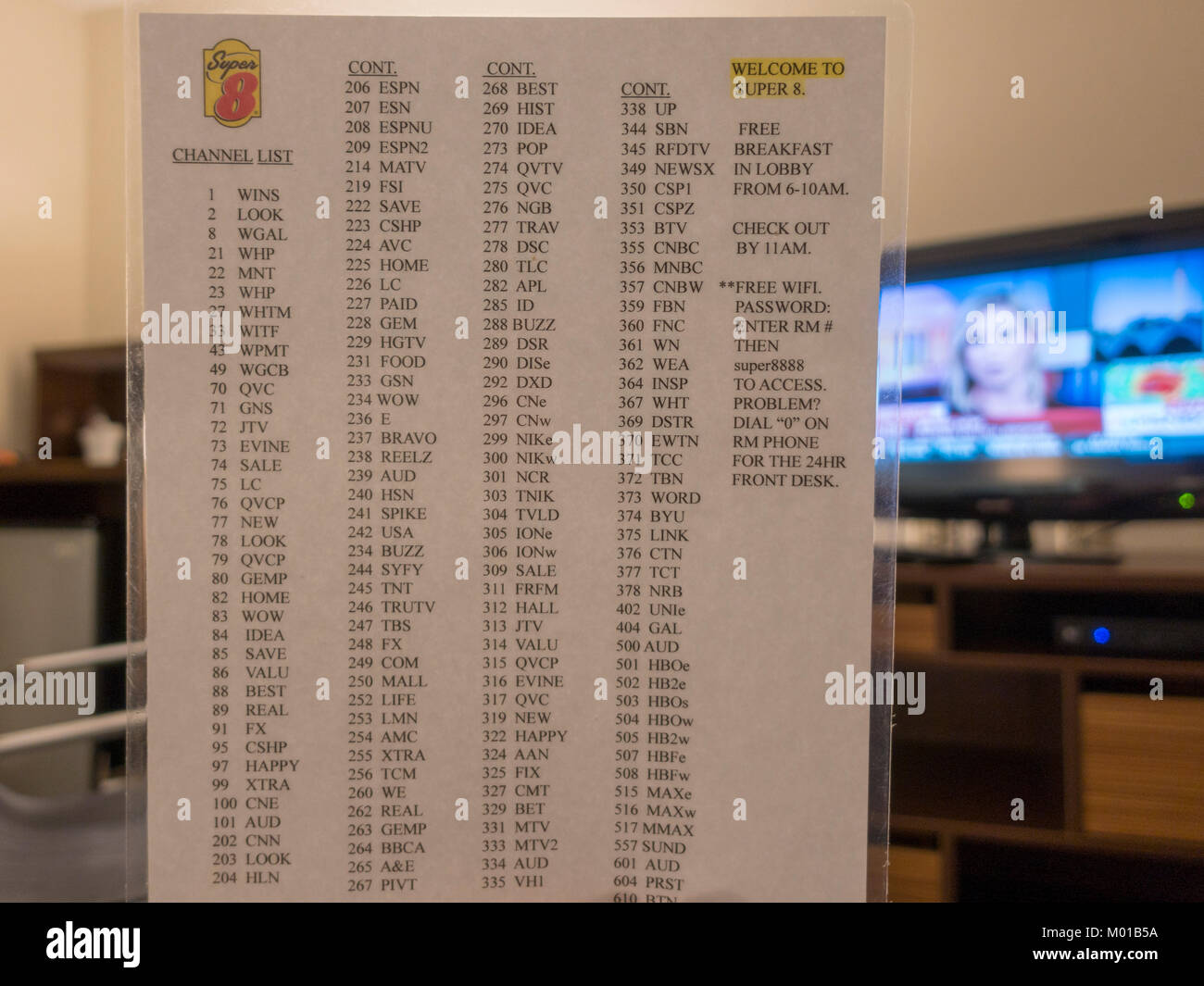Things about Apollo Group Tv
Things about Apollo Group Tv
Blog Article
Things about Apollo Group Tv
Table of ContentsThe Ultimate Guide To Apollo Group TvAn Unbiased View of Apollo Group TvApollo Group Tv - The FactsFacts About Apollo Group Tv Uncovered
In this situation, instead of having three-minute business spots during a 30-minute television program, television programming may change to one where a consumer will certainly be required to have a monthly membership, to ensure that they cen view targeted banner advertisements. This kind of advertising and marketing currently happens online, and the quantity of information television firms collect allows them to do much the exact same.Describe the significant trends amongst the broadcasting and cord networks. Popular radio reveals such as cops drama Dragnet and western cowboy series Gunsmoke were adjusted for television, and new Television shows were funded by single marketers, just as radio shows had been.
Today, the television industry is even more intricate. Programs are sponsored by several advertisers; programming is regulated by major media conglomerates; and the 3 major networks no more control the airwaves however instead share their visitors with many cable television channels. Several elements make up these patterns within the industry, including technical developments, federal government laws, and the production of new networks.

The Basic Principles Of Apollo Group Tv
Even public tv has become based on the influence of advertising. Developed in 1969, (PBS) developed out of a record by the Carnegie Compensation on Educational Television, which examined the function of educational, noncommercial tv on society. The record suggested that the government financing public tv in order to supply variety of programs during the network eraa service developed "not to sell items" yet to "improve citizenship and civil service (McCauley, 2003)." Public television was additionally meant to offer global access to television for visitors in rural locations or audiences that can not pay for to spend for private tv solutions.
The period between 1950 and 1970 is traditionally identified as the. In addition to a tiny portion of airtime managed by public television, the three significant networks (recognized as the Big Three) dominated the television market, collectively representing greater than 95 percent of prime-time watching. In 1986, Rupert Murdoch, the head of international business Information Corp, introduced the Fox network, challenging the prominence of the Big 3.
Targeting young and minority target markets with programs such as Buffy the Vampire Slayer, Moesha, Dawson's Creek, and The Wayans Bros., the new networks wanted to attract terminals far from their old network affiliations. Nevertheless, instead than duplicating the success of Fox, UPN and WB had a hard time to make an influence. Incapable to bring in several associate terminals, both new networks got to less households than their bigger competitors since they were impossible in some smaller cities.
This decision led the way for the development of cable flick channels, adding to the rapid development of cable in the 1980s and 1990s. apollo group tv. Further deregulation of cable in the 1984 Wire Communications Plan Act got rid of limitations on cable television rates, enabling drivers to bill what they desired for cord services as long as there was effective competition to the service (a criterion that over 90 percent of all wire markets could meet)
Not known Facts About Apollo Group Tv

Having developed the very first "superstation," Turner broadened his world by starting 24-hour news network CNN in 1980. At the end of the year, 28 national programming solutions were readily available, and the cable revolution had actually started. Over the following years, the sector went through a duration of rapid growth and popularity, and by 1994 audiences can pick from 94 basic and this 20 premium cord solutions.
Figure 9 - https://hearthis.at/vick-boyd/set/apollo-group-tv/.16 Raised competition from cable television networks has actually created a constant decrease in the networks' target market ratings. Throughout the 1950s, the price of producing a solitary television program raised as shows ended up being much longer and production expenses rose. Sponsorship on network tv shifted from single sponsorship, in which a program was completely sustained and generated by one marketer, to multiple sponsorship, in which marketers got 1- or 2-minute places on the program
Each reaction must be a minimum of one paragraph. Choose one of the Big 4 networks and publish out its once a week shows routine. Enjoy the network's prime-time programs throughout a week, noting the target demographic for every show. Observe the marketing enrollers that support each program and contrast just how the product or services fit with the intended audience.
The 15-Second Trick For Apollo Group Tv

Straight Television, often referred to as typical broadcast Television, encompasses cable television and satellite television., think of it as the classic way of seeing Television that has actually been around for years.
Report this page